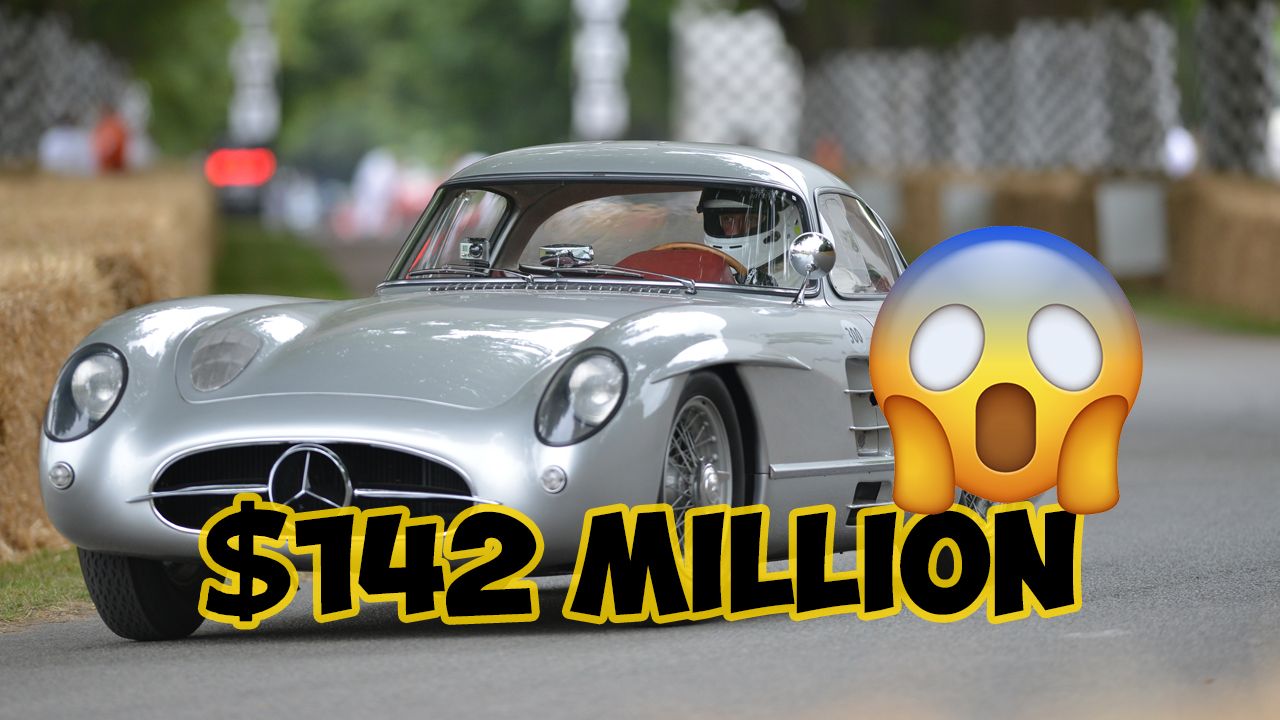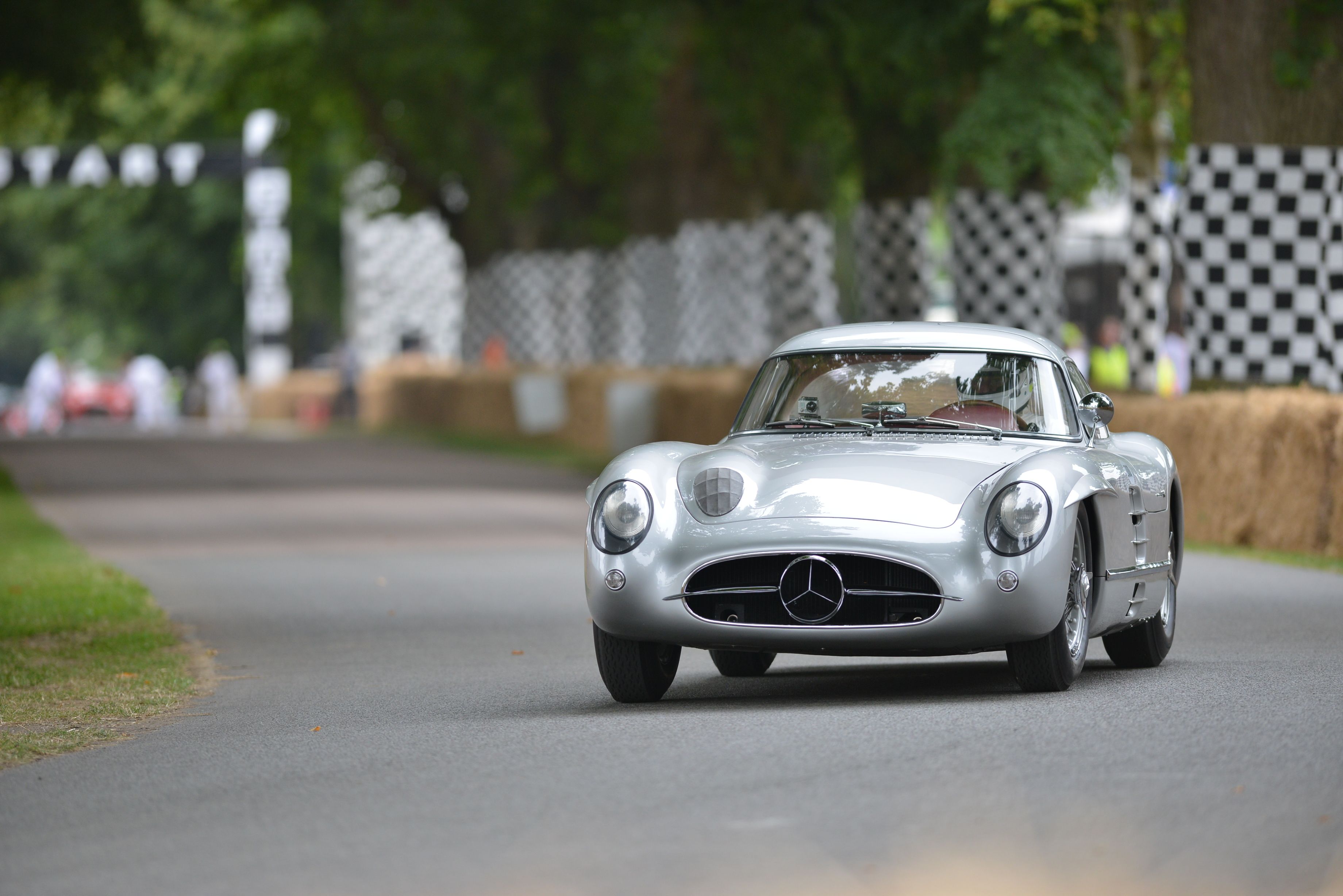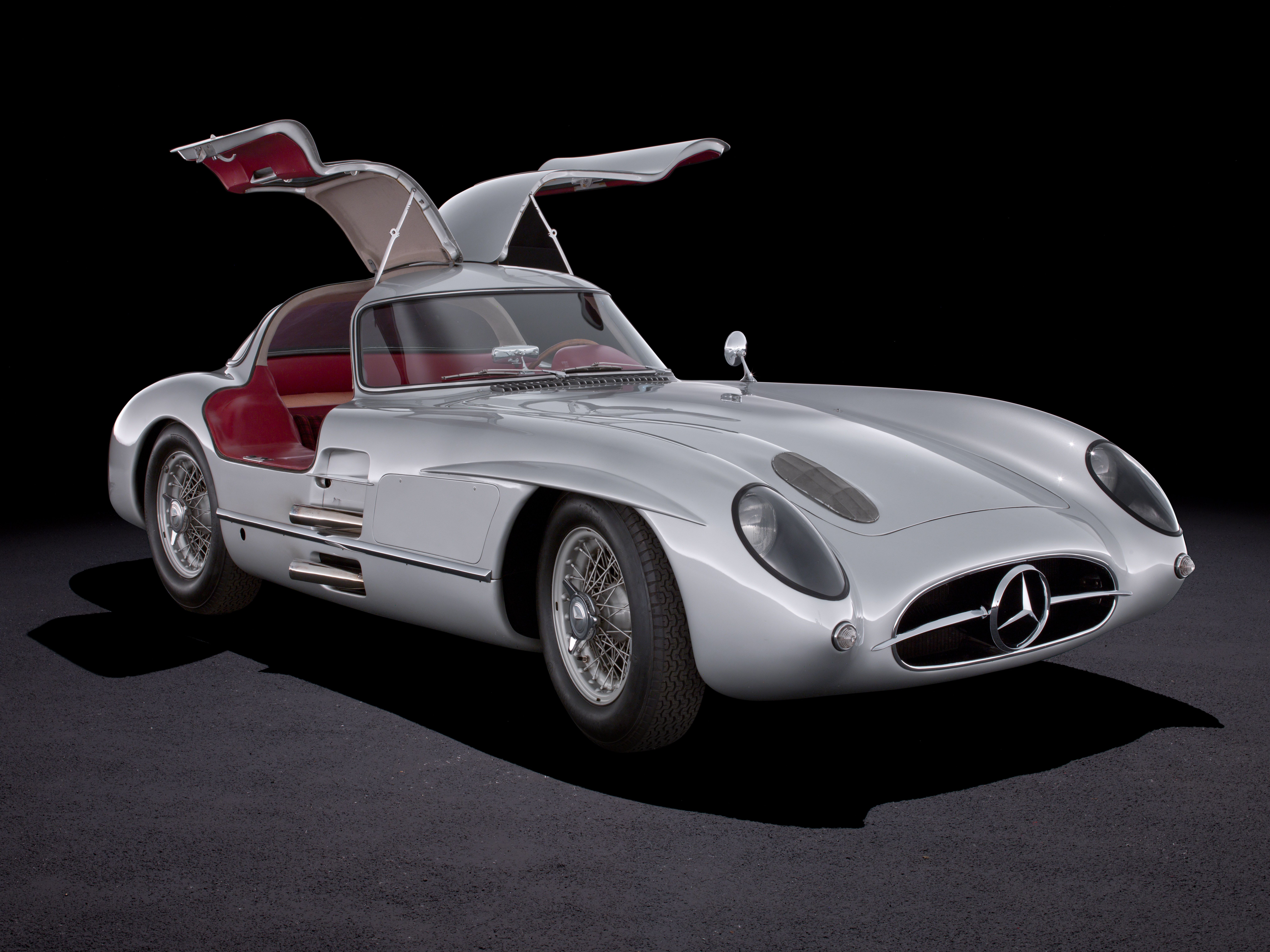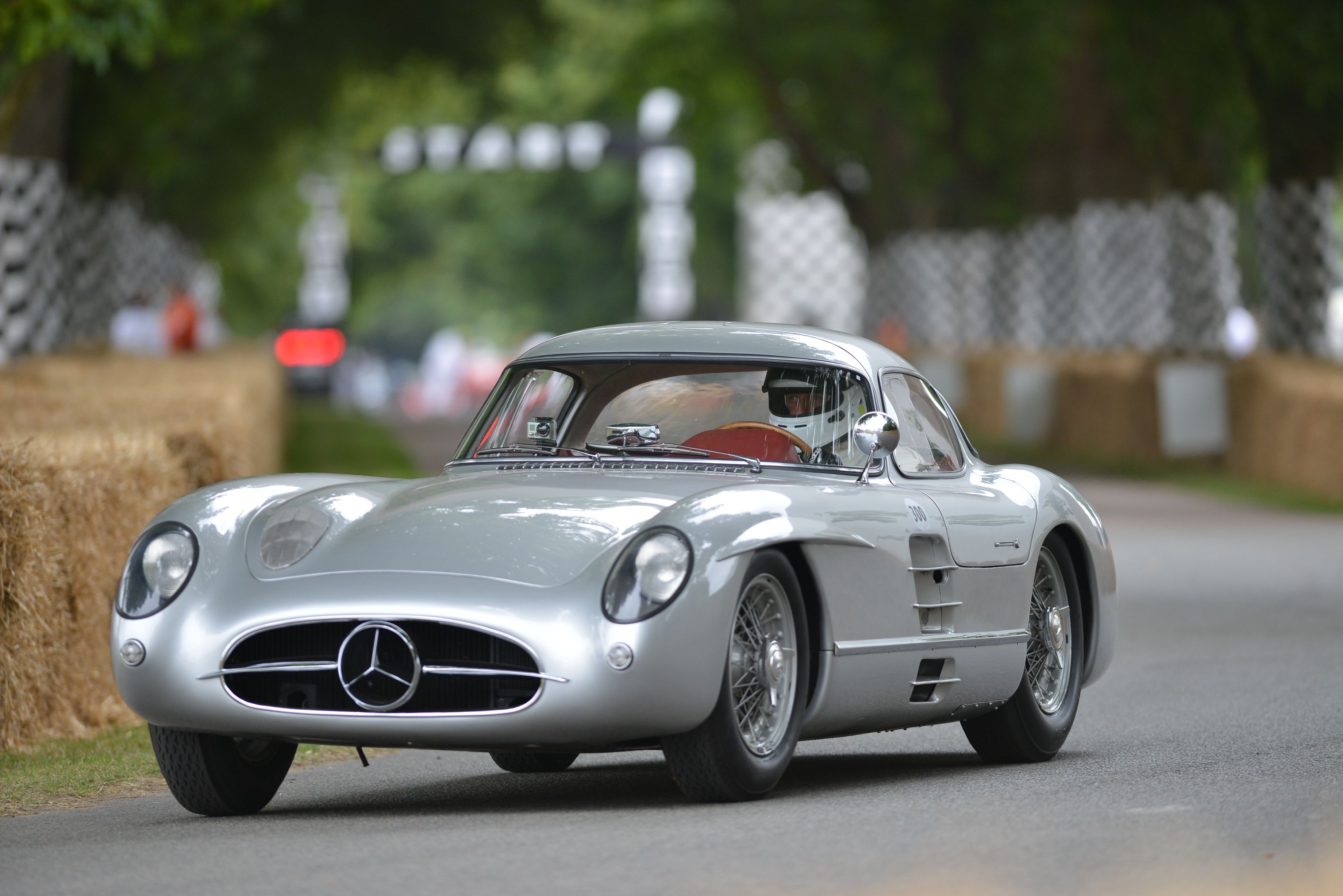It is a well-established fact that for the longest time, the highly coveted title of the world's most expensive car was held by a 1964 Tour de France winning Ferrari 250 GTO which fetched $70 million at a private auction. But, all this while, the 1955 Mercedes 300SLR, which currently is a part of Mercedes’s heritage fleet, was valued at over $100 million. However, it was never active in the running for the title of the world's most expensive car because nobody would have put their money on Mercedes parting ways with the car that not only cemented the auto marque's reputation for quality and craftsmanship, but even birthed the German automaker's racing endeavors in the post-war era.
But, it seems like all of us were wrong. In a recent report from Hagerty, this particular example, which is the crown jewel of the Mercedes heritage fleet dubbed the "Silver Arrow", is a 1956 Mercedes 300 SLR Uhlenhaut coupe the road-going version of the 300 SLR race car that was piloted by legends like Sir Stirling Moss and Juan Manuel Fangio.
Let's begin with a brief history lesson. The 300 SL, which is the predecessor to the 300 SLR and the basis for the legendary 300 SL gullwing road car was constructed out of leftovers from a Formula 3 chassis and S-class parts in a post-war period where Mercedes, just like the rest of the auto industry, was strapped for cash.
Despite competing with these inherent disadvantages against racing behemoths like Ferrari and Porsche, it managed to take all three podiums at the 1952 Swiss GP, followed by a first and second place victory at Le Mans the same year. To top it all of, eight weeks later, they took four lightweight speedster versions to the 25th-anniversary race at the Nürburgring and took the first four spots.
The Uhlenhaut coupe was the road-going version of the 300 SLR, which was introduced for the 1954 Grand Prix season as a sequel to the all-conquering 300 SL, and this turned out to be quite the follow-up act. Powered by a straight-eight engine with the first of its kind desmodromic valves, it won 10 of the 13 Grand Prix it entered, and in six of those, it finished 1,2 sweep and managed the same at the 1955 Mille Miglia.
The 1956 Mercedes 300 SLR Uhlenhaut coupe borrowed the same powertrain as the race cars which made an estimated 302 horsepower at 7,400 rpm, and 233 lb-ft of torque at 5,950 rpm while weighing in at just 1,117 kgs. This lent it a claimed top speed of 180 mph, making it the fastest road car at the time.
1956 Mercedes 300 SLR Uhlenhaut coupe specifications
|
Engine |
straight-8 |
|---|---|
|
Power |
302 HP @ 7,400 RPM |
|
Torque |
233 LB-FT @ 5,950 RPM |
|
Weight |
1,117 kg |
|
Top speed |
180 mph |
Another not so well known fact, the SL in the car's name stood for the German abbreviation of Super Light, a fact mentioned in an official press release from 1952. This car was so capable that one fine afternoon, Rudolf Uhlenhaut himself took this car when he was running late for a meeting, allegedly making the 200km trip from Stuttgart to Munich in an hour which would otherwise take at least 2 and half hours by road, making this man, and by extension, the car named after the said man, a legend.
But, what truly adds to the value of this particular example is what followed the racing success of Mercedes. Most people would anticipate that a company like Mercedes would expand its racing endeavors to follow up this tremendous success, but to shock the world, it ended up retiring from all forms of motor racing following the horrific crash of Pierre Levegh's SLR at the 1955 Le Mans, overshadowing the team's unprecedented success.
A sad tale, but this makes the 300 SLR Uhlenhaut coupe the last chapter of the company's spectacular racing history. And, that’s precisely what vehicles like these are all about. Daimler-Benz made just two road-legal 300 SLR coupés on special request from Daimler-Benz motorsport chief Rudolf Uhlenhaut, hence the name.
Just to put this car's rarity into perspective, the 300 SL Gullwing road car, which is the spiritual predecessor to the Uhlenhaut coupe, had a production run of 3,258 units and they still command a price of well over a million dollars. But, the car in question is the Ferrari 250 GTO, which still holds the official record for the most expensive car ever, had a production run of 36 units, making this a scarce specimen. Now, the bigger question is, will Mercedes ever consider parting ways with the second car, and does it have the potential to demand a higher asking price?




